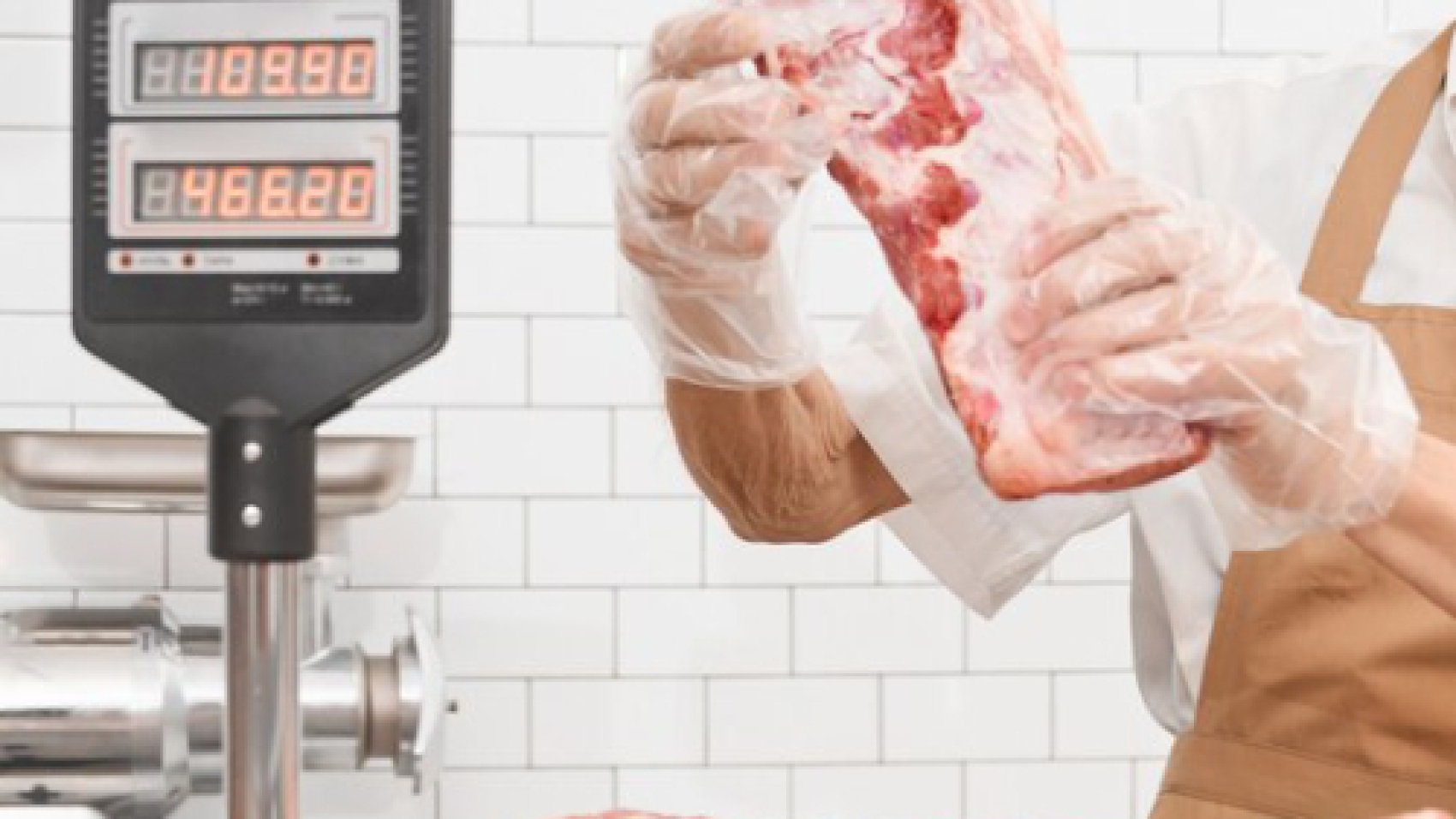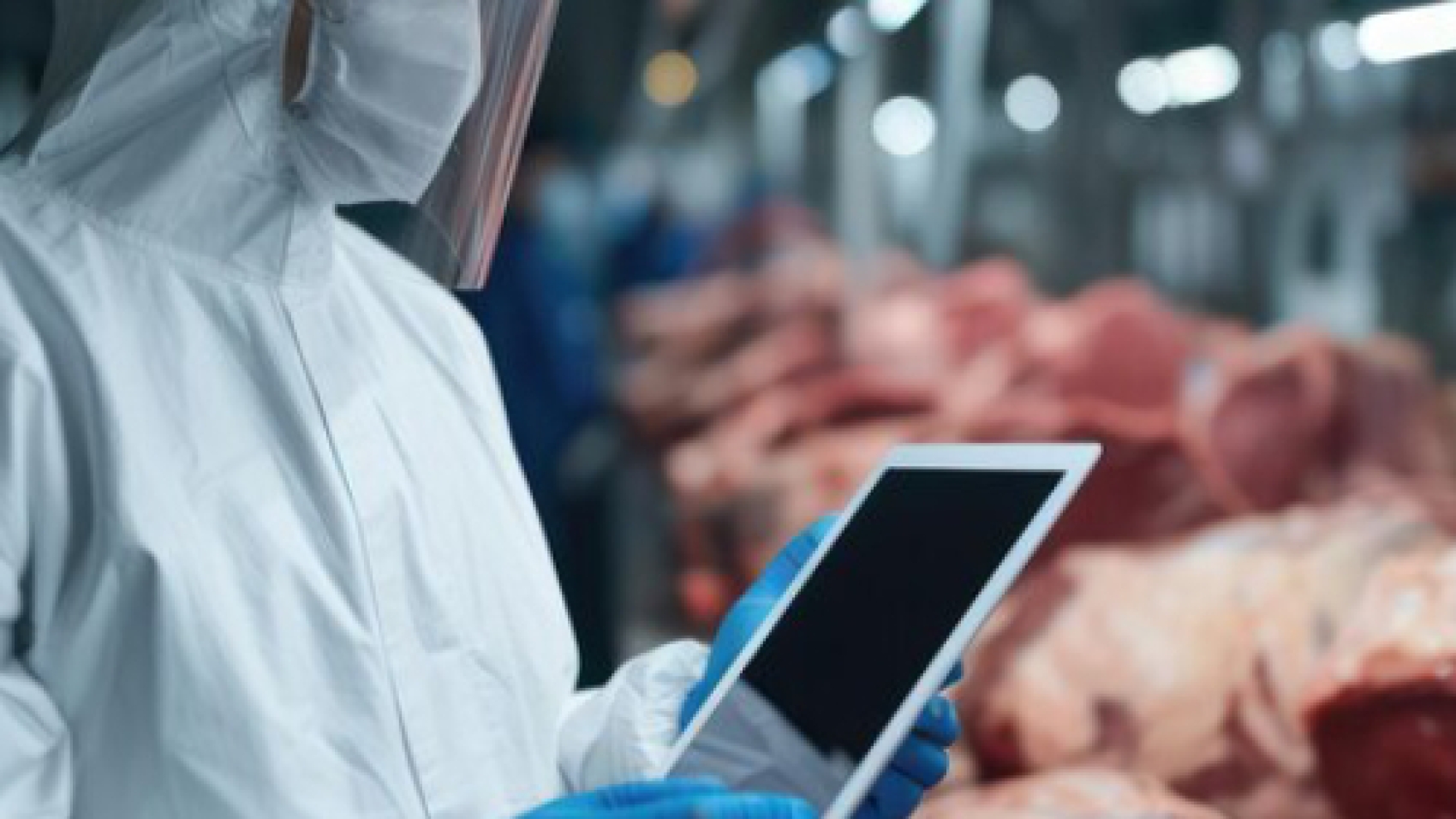Slaughtering provision services are a critical component of the meat supply chain, playing a pivotal role in ensuring the quality and safety of meat products. These services encompass a range of processes involved in the humane and sanitary slaughtering of livestock, which directly impacts the final quality of the meat. Understanding the significance of these services and investing in high-quality slaughtering provisions can significantly benefit businesses in the meat industry. This article explores how slaughtering provision services contribute to meat quality and why their investment is crucial for business success.
Ensuring Humane and Ethical Slaughtering Practices
One of the primary functions of slaughtering provision services is to ensure humane and ethical treatment of livestock. Proper handling and humane slaughtering practices are essential for maintaining the quality of meat. Stress and suffering in animals can lead to poor meat quality, affecting tenderness, flavor, and overall safety. High-quality slaughtering facilities adhere to strict animal welfare standards, ensuring that livestock is treated with respect and care throughout the process. Implementing humane slaughter practices not only improves meat quality but also aligns with consumer expectations and regulatory requirements, fostering a positive reputation for businesses.
Maintaining Hygiene and Food Safety Standards
Slaughtering provision services play a crucial role in maintaining hygiene and food safety standards. From the moment the animals arrive at the slaughterhouse to the final processing stages, strict sanitation protocols are essential to prevent contamination and ensure the safety of meat products. Facilities equipped with advanced cleaning systems and temperature controls help minimize the risk of bacterial contamination and spoilage. Additionally, compliance with food safety regulations and regular inspections by health authorities ensure that meat products meet the highest safety standards. Investing in slaughtering services with robust hygiene practices is vital for producing safe, high-quality meat and protecting public health.
Impact of Processing Techniques on Meat Quality
The techniques used during the slaughtering process have a direct impact on meat quality. Effective bleeding, proper handling, and efficient processing are crucial for preserving the meat’s texture and flavor. Slaughtering services that utilize modern equipment and techniques can enhance the quality of meat by ensuring that it is processed quickly and efficiently, reducing the risk of defects. For instance, precise and effective bleeding minimizes blood retention, which can otherwise lead to an undesirable taste and texture. High-quality processing techniques also contribute to better shelf life and overall meat quality, meeting consumer expectations for freshness and taste.
Advancements in Slaughtering Technology
Advancements in slaughtering technology have significantly improved meat quality and operational efficiency. Innovations such as automated systems for stunning, cutting, and handling livestock enhance precision and reduce the risk of human error. Technology also plays a role in improving traceability and tracking, allowing for better monitoring of meat from slaughter through to distribution. Implementing state-of-the-art equipment helps ensure that slaughtering processes are efficient, consistent, and aligned with industry best practices. By investing in advanced slaughtering technologies, businesses can enhance meat quality, streamline operations, and maintain a competitive edge in the market.
The Business Case for Investing in High-Quality Slaughtering Services
Investing in high-quality slaughtering provision services offers significant benefits for businesses. First and foremost, superior slaughtering practices lead to better meat quality, which can enhance customer satisfaction and brand reputation. Consistent quality and safety are critical for maintaining consumer trust and complying with regulatory standards. Additionally, efficient slaughtering processes reduce waste and improve yield, contributing to cost savings and increased profitability. Investing in top-tier slaughtering services also demonstrates a commitment to ethical practices and food safety, which can attract conscientious consumers and build long-term business relationships. Overall, prioritizing high-quality slaughtering provision services is a strategic investment that supports business growth and success.
Conclusion
Slaughtering provision services are integral to ensuring the quality and safety of meat products, impacting everything from humane treatment of livestock to adherence to hygiene standards. By investing in high-quality slaughtering services, businesses can significantly enhance meat quality, meet consumer expectations, and maintain regulatory compliance. Advancements in technology and processing techniques further improve efficiency and consistency, providing a competitive edge in the market. For businesses in the meat industry, understanding the crucial role of slaughtering provision services and making informed investments in these services is essential for achieving long-term success and delivering superior meat products to consumers.




